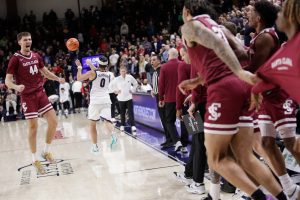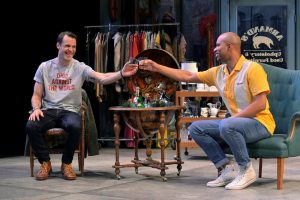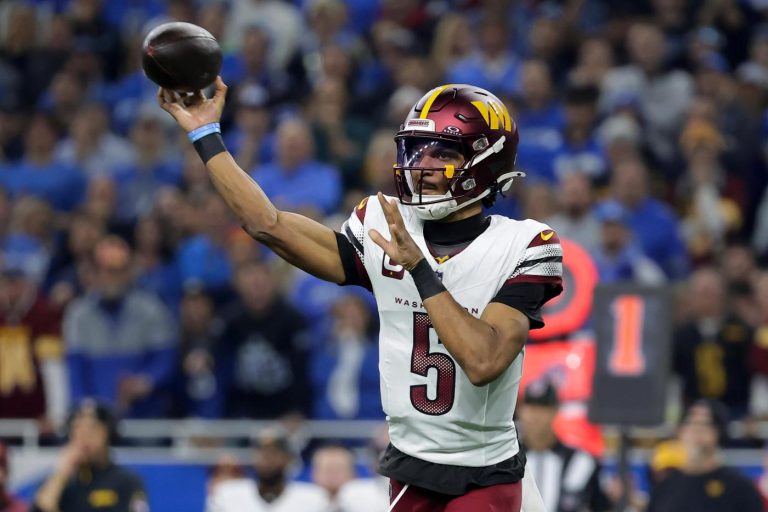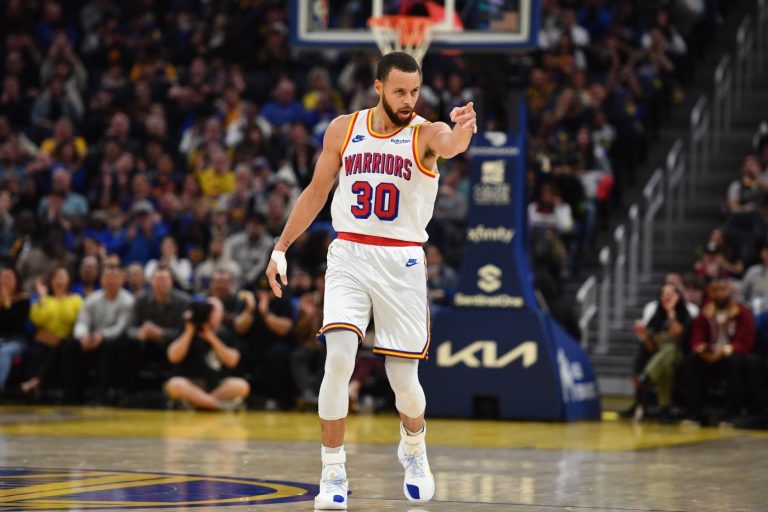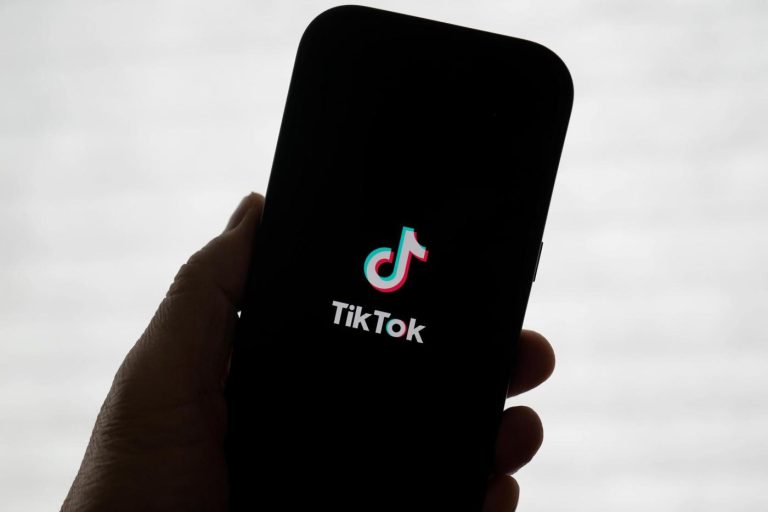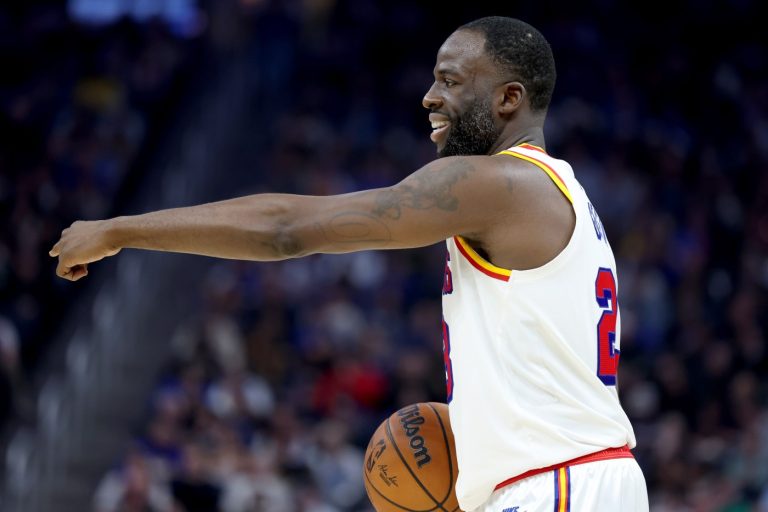Editor’s Note: This article was written for Mosaic, an independent journalism training program for high school students who report and photograph stories under the guidance of professional journalists.
Teenager Vikram Mahajan dedicates weekdays to voter registration, canvassing door-to-door and helping to organize voter registration rallies and pre-registration events in high schools.
On weekends, he canvasses on behalf of San Jose City Council District 6 candidate Michael Mulcahy. A classmate encouraged him to join Mulcahy’s campaign, and Mahajan said he admired Mulcahy’s approach to problem-solving.
Mahajan, a junior at Mission San Jose High School in Fremont, is 16 and can’t yet vote. But he is determined to convince potential voters that every vote has an impact on the outcome of elections.
Related Articles
Goodbye, yearbooks: One San Jose school ends annual tradition
Opinion: My debt of gratitude to immigrant elders felt too heavy
Artists and audiences connect at San Jose’s South First Fridays art walk
Santa Clara County ahead of nation in declining teen vaping rates
Luna Park Chalk Festival offers barrage of colors and creations
“People don’t realize that at the local level, there are often these competitive elections where actually every vote does in fact matter, and you do need to get involved,” he said. Mahajan is also a volunteer with the Youth Voter Movement, a non-profit organization connected with the League of Women Voters.
“You can make more of a difference, and you can actually see some changes being implemented in your community, even if it is just by voting or by volunteering,” he said.
According to research by the Center for Inclusive Democracy and University of Southern California, the youth voter turnout rate in California has been steadily increasing. Of registered youth voters who were ages 18 to 24, about half, or 47.4%, voted in the 2020 general election. This was an increase of about 11 percentage points, from 36.6%, in the 2016 general election.
However, youth were still the lowest registered age group in California at the time of the study in March 2021.
Outreach to youth voters remains an important piece of campaign strategy, and social media is among the tools facilitating discussion around political news.
“That’s the No. 1 source that young people get their news about politics and government,” said Mary Currin-Percival, associate professor of political science at San Jose State University. “It’s just a really great way for campaigns to connect with young people. They are seeing themselves in the candidates, especially when they’re reaching out to them where they are.”
Currin-Percival serves as the director of the Institute of Public Affairs and Civic Engagement.
One example is a recent popular online social media meme that shows Democratic presidential candidate Kamala Harris embracing the term “brat,” referenced in singer Charlie XCX’s album. The meme presented Harris as an authentic feminist who doesn’t shy away from imperfections. Similar memes of Harris and Republican candidate Donald Trump have since surfaced, utilizing audio from the September 2024 presidential debate.
“It’s really important to speak the language of your voters, understanding what young people are communicating in these memes,” she said.
Teen Aileen Dang believes that her peers think the memes are funny and, even if the youth aren’t well-educated about politics, they may even support politicians who have cultivated a particular image on social media.
“I think generally our generation approaches topics like politics with comedy, maybe because that’s how we cope with the faults in our political system. I find that a lot of people my age are unserious about politics because they’ve given up on the government entirely,” said Dang, a senior at Silver Creek High School in San Jose.
She also serves on the San Jose City Council’s District 7 Youth Advisory Committee, which represents central San Jose. “Memes drive politicians’ campaigns in a way that’s more entertaining and enjoyable,” she said.
Dang said it’s important that teens realize the impact they can have on political matters, even if they are not old enough to vote.
“There are already so many older people in politics, and I think that there is a severe lack of young people to help balance that out,” she said. “If we inform them about the mediums in which they can express themselves, I think we could hear a lot of new voices within the setting of politics.”
Claire Bang, the communications manager for District 9 Councilmember Pam Foley, said that even in local campaigns, most politicians overlook youth.
“They’re not necessarily going to target any of their messaging towards youth because they won’t be voting for them in any sort of election,” she said.
Even so, the nation’s political future may depend on engaging youth, Mahajan said.
“What’s crucial is that you get young people involved in politics as soon as you can, because then they can be lifelong voters,” he said. “That’s when they can truly make sure that they are a part of their country’s civic discourse for the rest of their lives, as opposed to joining the conversation 20, 30, 40 years too late.”
Nanki Kaur is a senior at American High School in Fremont.


